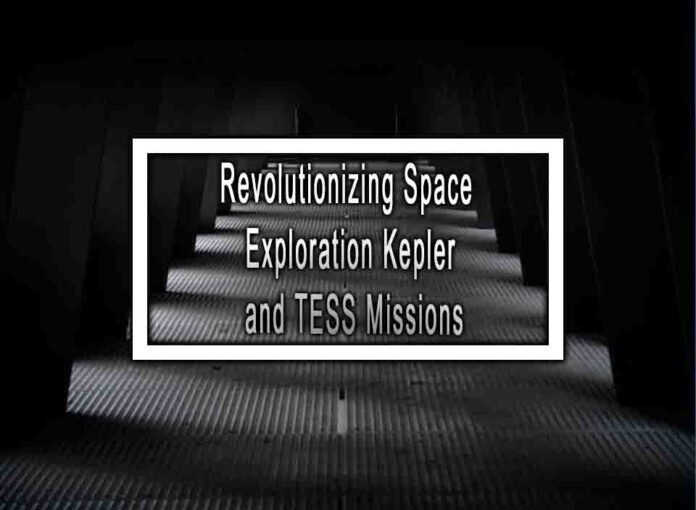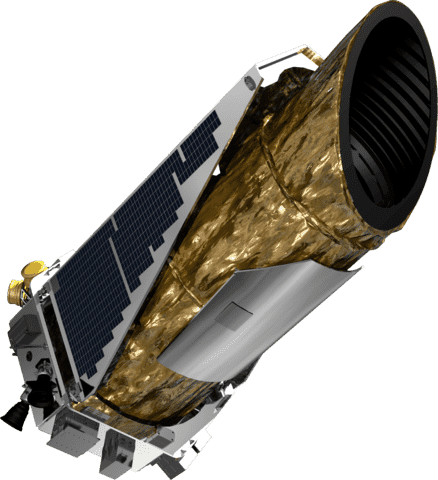The Kepler and TESS (Transiting Exoplanet Survey Satellite) missions have indeed revolutionized space exploration by significantly advancing our understanding of exoplanets and their potential for habitability. Here’s an overview of these two missions and their impact:
Kepler Mission:
Mission Objectives:
- Launched in 2009, the Kepler mission’s primary objective was to search for exoplanets (planets outside our solar system) by detecting the dimming of stars when planets pass in front of them (the transit method).

- Launched in 2009, the Kepler mission’s primary objective was to search for exoplanets (planets outside our solar system) by detecting the dimming of stars when planets pass in front of them (the transit method).
Discoveries and Impact:
- Kepler identified thousands of exoplanets, including rocky planets, gas giants, and planets within their stars’ habitable zones (where conditions might support liquid water).
- The mission confirmed the existence of many Earth-sized planets and demonstrated that exoplanets are common in our galaxy, suggesting that there could be billions of potentially habitable worlds in the Milky Way.
- Kepler also provided data that allowed scientists to estimate the prevalence of planets in different size and orbital categories, contributing to our understanding of planetary demographics.
Legacy and Contributions:
- Kepler’s success led to the development of the extended K2 mission, which continued to discover exoplanets and study a wide range of astronomical phenomena.
- The mission’s data has been crucial for characterizing exoplanetary atmospheres, studying stellar astrophysics, and advancing our knowledge of the potential for life beyond Earth.
TESS (Transiting Exoplanet Survey Satellite) Mission:
Mission Objectives:
- Launched in 2018, TESS is designed to perform an all-sky survey for exoplanets using the same transit method as Kepler but with a broader field of view. It focuses on nearby stars, including many bright ones.
Discoveries and Impact:
- TESS has discovered thousands of exoplanet candidates, including Earth-sized and rocky planets in their stars’ habitable zones. Some of these candidates have been confirmed as exoplanets through follow-up observations.
- The mission’s data has also contributed to the discovery of a variety of astrophysical phenomena, such as supernovae, variable stars, and more.
Legacy and Contributions:
- TESS continues to operate and is expected to discover thousands more exoplanets during its mission lifetime.
- The data from TESS is valuable for prioritizing targets for further study by upcoming missions, such as the James Webb Space Telescope (JWST), which will analyze the atmospheres of exoplanets in more detail.
Revolutionizing Space Exploration:
- Expanding the Known Exoplanet Population: Both Kepler and TESS have vastly expanded our knowledge of exoplanets, from their sheer numbers to their diverse sizes and orbital characteristics.
- Targeting Habitable Worlds: These missions have brought us closer to identifying potentially habitable exoplanets and have laid the groundwork for future missions to study their atmospheres and conditions in detail.
- Inspiring Future Missions: The success of Kepler and TESS has inspired the development of future missions, including those aimed at directly imaging exoplanets and searching for signs of life in their atmospheres.
In summary, the Kepler and TESS missions have been groundbreaking in their efforts to identify and characterize exoplanets. They have transformed our understanding of the prevalence and diversity of planets beyond our solar system, making them essential contributors to the field of astrobiology and the search for extraterrestrial life.











